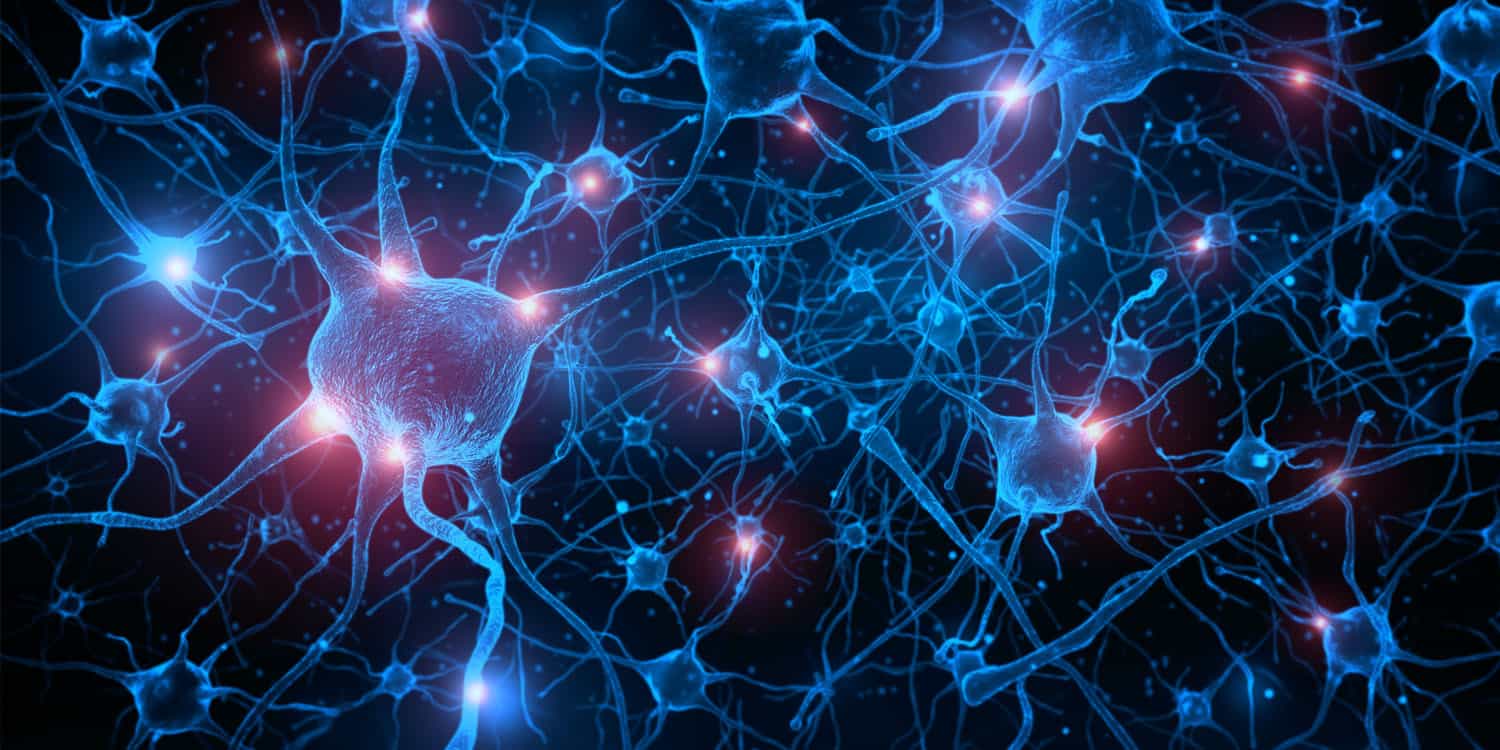We often think our brains tick away time in perfect synchronization with the clocks on our walls and electronic devices. However, groundbreaking research published in the journal Current Biology provides evidence that our perception of time is not governed by an internal clock but by the number of experiences we have. This study found that changes in brain activity patterns, specifically in the anterior cingulate cortex, indicate that our brains track the passage of time based on the accumulation of experiences rather than a steady internal clock.
Time perception is a fundamental aspect of human experience, yet its underlying neural mechanisms remain largely mysterious. Scientists have long debated whether our brains use an internal clock or a different method to track time. The anterior cingulate cortex is known to support decision-making, memory, and behavioral flexibility, all of which require the integration of information over time.
“My work has long been centered on how networks of neurons change, either in response to stimuli, actions, outcomes, or contexts. For this project we were actually interested in how reward expectancy changes when the likelihood of reward changes, and we found some interesting results that lead to a novel instantiation of reward prediction error (Hyman et al., 2017 – Neuron). A student and I started to examine how networks of neurons react during this task and we found a persistent change that occurred outside of changes in reward likelihood,” said study author James M. Hyman, an associate professor at the University of Nevada, Las Vegas.
“Time perception is one of the holy grail neuroscience topics. It’s one of those things we all experience changing on a daily basis in our lives, but the neural underpinnings of this psychological phenomenon are unknown. We didn’t set out to study time perception for this study, but the data revealed that networks changed slowly over the session. Each network from different animals changed in the same way and at the same rate. This led us to the conclusion that time processing was involved.”
The researchers conducted their study using five male Long-Evans rats, which were individually housed and food-restricted to 90 percent of their free-feeding weight. The rats were surgically implanted with micro-drives to record neural activity from the anterior cingulate cortex. After recovering from surgery, the rats performed a decision-free task in which they nose-poked into one of three ports to receive a reward. The ports had different reward probabilities, and the reward probabilities were reversed halfway through each session. This design ensured that the task was optimal for examining changes in neural activity without the influence of decision-making or varying reward rates.
During the experiments, the rats completed the trials at their own pace, leading to variations in how long it took each rat to complete all the trials. The researchers recorded the rats’ neural activity during the trials and analyzed the data using advanced techniques to identify patterns in the activity of neural ensembles (groups of neurons working together).
The study revealed that the anterior cingulate cortex ensembles exhibited a slow, drifting pattern of neural activity over the course of the task. This drift was strongly correlated with the number of trials the rats completed, not the actual time that had passed. This finding suggests that the anterior cingulate cortex tracks time by counting experiences rather than using an internal clock.
“With this data set we were able to ask whether time was being tracked by an internal clock or a counter, since animals completed trials at different paces,” Hyman told PsyPost. “We found that the network change correlated with the number of trials, hence a counter not a clock. We could then go to the flip side and ask, ok, if it’s a counter well then what would the time prediction be for different events and we found that fluctuated between animals. Animals that worked fast, their networks moved faster, animals that worked more slowly, had networks that changed more slowly.”
“Since the mechanism we found in rat anterior cingulate cortex networks was so basic, we have every reason to believe similar changes are occuring in the primate brain,” Hyman continued. The findings indicate that “mental time perception is affected by our activities and our experiences. This can be leveraged to control our perception of time. If something is unpleasant and you want to move past it, say a bad meal, then I’d suggest engaging in vigorous activity. Go for a walk, play a game, read a book, do something to move your neural networks ‘forward’ so to speak. This will make the bad meal further away.”
“On the flip side, if something is really pleasant, then linger in that space. Don’t change anything for a while. Don’t start a new activity. Just sit and enjoy. This is not revolutionary advice, but now that we know that the neural networks that we think are responsible for our perception of time on behavioral scales (tens of minutes to hours) work in this way, the advice carries more weight.”
Further analysis showed that this drift was consistent across different rats and sessions. The researchers used mathematical models to predict trial numbers and times based on neural activity and found that their predictions were highly accurate when based on the number of trials rather than clock time.
“A thing that surprised us was the consistency of these effects, animal to animal, brain to brain,” Hyman said. “We were able to create pretty simple data models based on one animal’s neural activity and predict what trial number a different animal was completing just based on its network activity. This is quite rare, since each brain is different and certainly the neurons we randomly encounter with our recordings are different each session. Since we utilized how networks changed and not what networks did, we were able to predict from brain to brain.”
While this study provides compelling evidence that our brains track time based on experiences, it also has limitations. The task used in the study was decision-free, meaning the rats did not choose which port to nose-poke. This passive aspect might have influenced the anterior cingulate cortex’s neural dynamics differently than in a task involving active decision-making. Future research should explore how active tasks affect neural representations of time.
Another limitation is that the study was conducted on rats, and while their brain structures are similar to humans, there are differences. Additionally, the study focused on a relatively short period (tens of minutes). It remains to be seen how neural representations of time operate over longer durations, such as hours or days. Future studies should investigate whether the same mechanisms apply to these longer timescales.
Lastly, while the researchers identified a general trend of neural drift correlating with experiences, the specific contributions of individual neurons and how they combine to form ensemble dynamics require further exploration. Understanding these complex interactions will be crucial for fully grasping how our brains perceive time.
“A major caveat is that how these results relate to the psychological phenomenon of time passing is really speculative, since we couldn’t ask the rats how much time they thought had passed,” Hyman noted. “Even then, a rat’s ability to accurately monitor time passing on a clock is gonna be different from our own, since we consistently see clocks all day and can calibrate our own internal understanding.”
“This likely differs greatly individual to individual and also, task to task for those individuals. It’s fascinating to think about how our modern world with the ubiquity of clocks is altering and helping us all refine our internal models of time passing. However, all the data we have still suggests that these internal models are based upon the accumulation of experiences or events.”
The findings of this study have important implications for our understanding of time perception and its neural basis. By demonstrating that experiences, not an internal clock, drive our perception of time, this research challenges long-standing assumptions and opens new avenues for investigating temporal processing in the brain.
“Problems with temporal perception are often found in neurodegenerative and psychiatric disorders, and these effects can lead to serious handicaps in communication with others and cognitive errors that lead to mistakes/failures at work,” Hyman explained. “These things can lead to negative consequences in personal and professional life which can lead to bad outcomes, adding to depression and hopelessness. We hope to understand this cognitive process so that one day,we will be able to identify strategies, interventions, or treatments that can help people with such disorders. First, we must understand how the brain creates psychological phenomena before we can successfully alter such phenomena to help people.”
The study, “Temporal information in the anterior cingulate cortex relates to accumulated experiences,” was authored by Ryan A. Wirt, Talha K. Soluoku, Ryan M. Ricci, Jeremy K. Seamans, and James M. Hyman.




